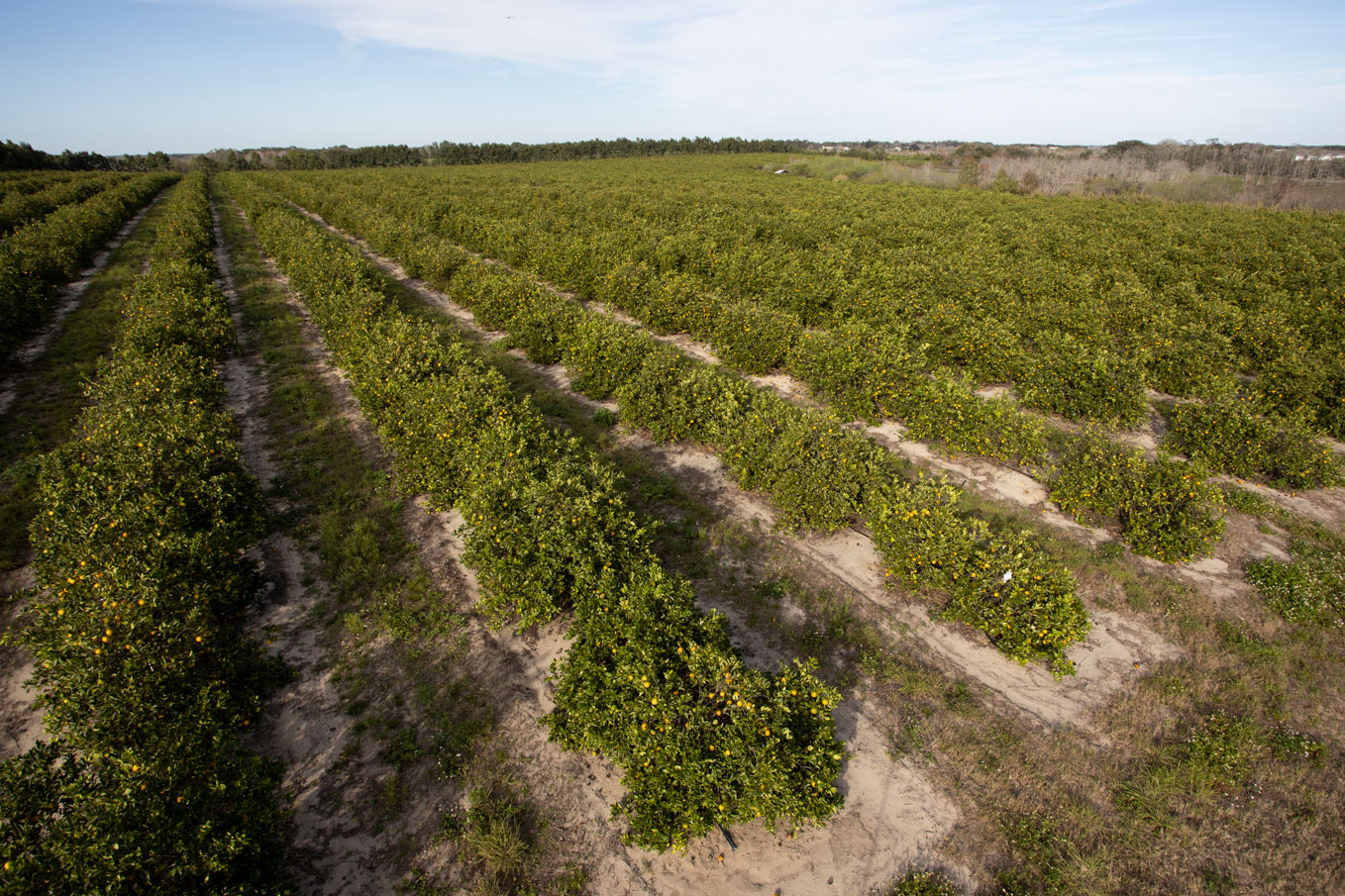Citrus, Tropical Fruits, Produce in Hurricane Ian’s Path
You may find fewer local fruits and vegetables in your weekend farmers market in South Florida as local farms prepared for the arrival of Hurricane Ian. But the impact of the storm may be far greater as hurricane-strength winds tear through citrus groves and fruit orchards across the peninsula. High winds topple trees and knock down fruits, while rain and flooding can affect winter crops, typically planted in the fall.
“When hurricanes hit citrus groves, it’s not always 10 percent of the fruit that will fall off the tree, but storms with stronger winds tend to drop a larger amount of fruit, especially when the storms hit later in the growing season,” says Christa Court, University of Florida economist and director of the UF/IFAS Economic Impact Analysis Program.
According to UF/IFAS, the counties affected by the severe weather are major producers of several agricultural products, including seasonal crops already in the ground: over 200,000 acres of cucumbers, peppers and tomatoes and 95,000 acres of field crops, like cotton and peanuts. Crops now being harvested include avocado, oranges, grapefruit, carambola, corn, peanuts and sweet potatoes.
Court says there may be long-term problems, like soil salinity affected by storm surge along the coast.
Agriculture is big business here: In 2019, seasonal crops, livestock, nursery, forest, fishing and aquaculture products produced in the region are valued at approximately $10 billion, directly supporting more than 120,000 jobs.





